Organization Insights Introduction
You are here: >Organization Insights Introduction
With the move from On-Prem to Online some of the easily accessible reporting and fault finding tools have fallen by the wayside. Quickly running a SQL script to bring back the biggest tables, SQL Mails for failed workflows or checking who has been creating records have been a harder to perform without 3rd Party Tools, Raising Tickets with Microsoft or Digging complicated dashboard which needed to be created for every customer. Well now with Organizational Insights we can now offer these in dashboard form with some great “Out of the box” features.
Microsoft Organization Insights is a newly released “App” that will give customers the ability to monitor their environment with more precision and statistical output with the Fall release of Dynamics 365 Online (8.2)
To install Organization Insights, you need to install the App from AppSource (link in below picture)
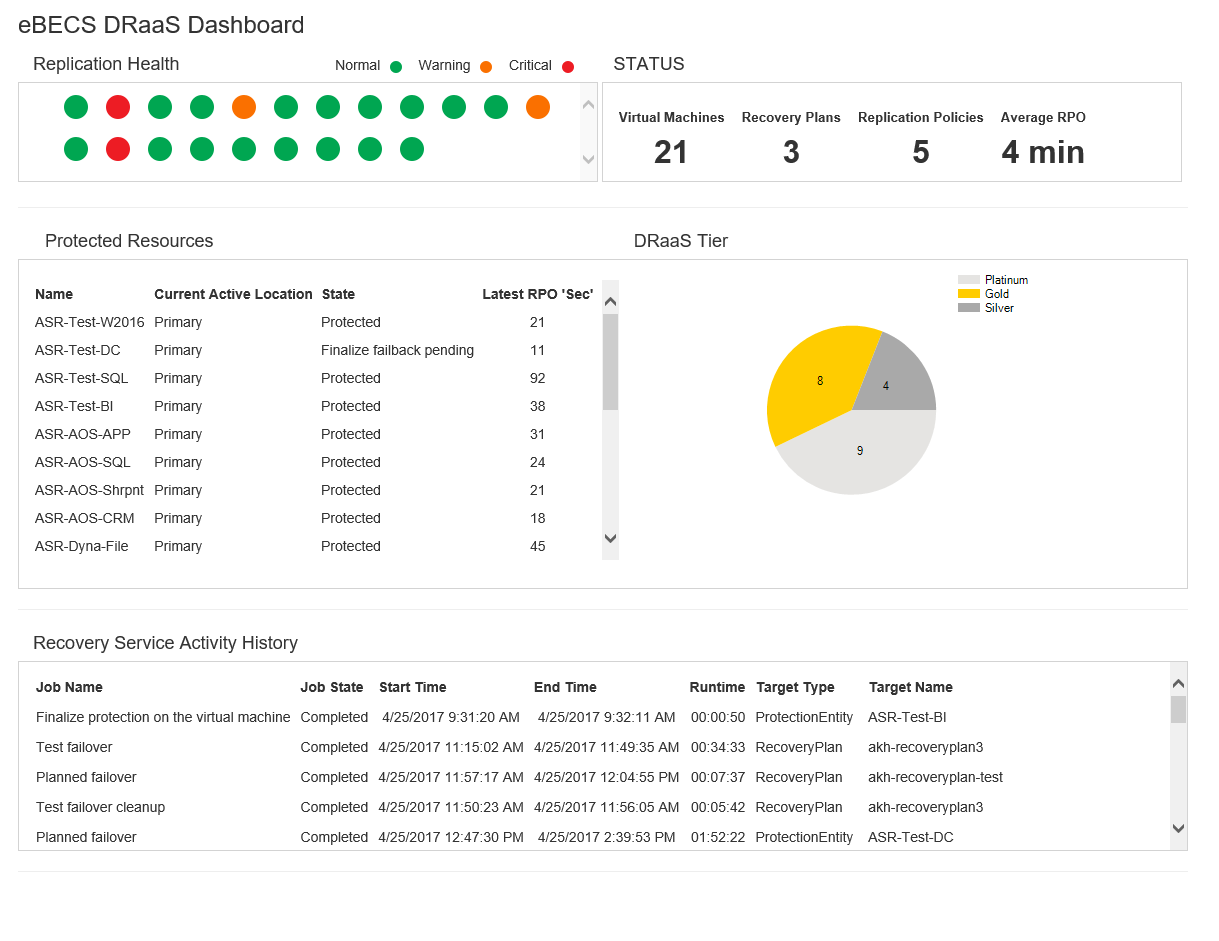 The main KPI’s included are Performance, Storage, User Adoption & Usage. These can be monitored in several ways:
The main KPI’s included are Performance, Storage, User Adoption & Usage. These can be monitored in several ways:
- Track the number of users in the system
- Track the number of record updates, creates and deletes.
- Track the number of entities that have been accessed.
- Recording the number of failed workflows and API calls.
- Drill down into the details of your top failing workflows and API calls.
- Expose Organization Insights entities to allow eBECS to extend the solution.
- Monitor user adoption and usage patterns.
- Update date parameters to narrow down or extend results.
The Organization Insights has a default system dashboard called “Organization Insights Dashboard”
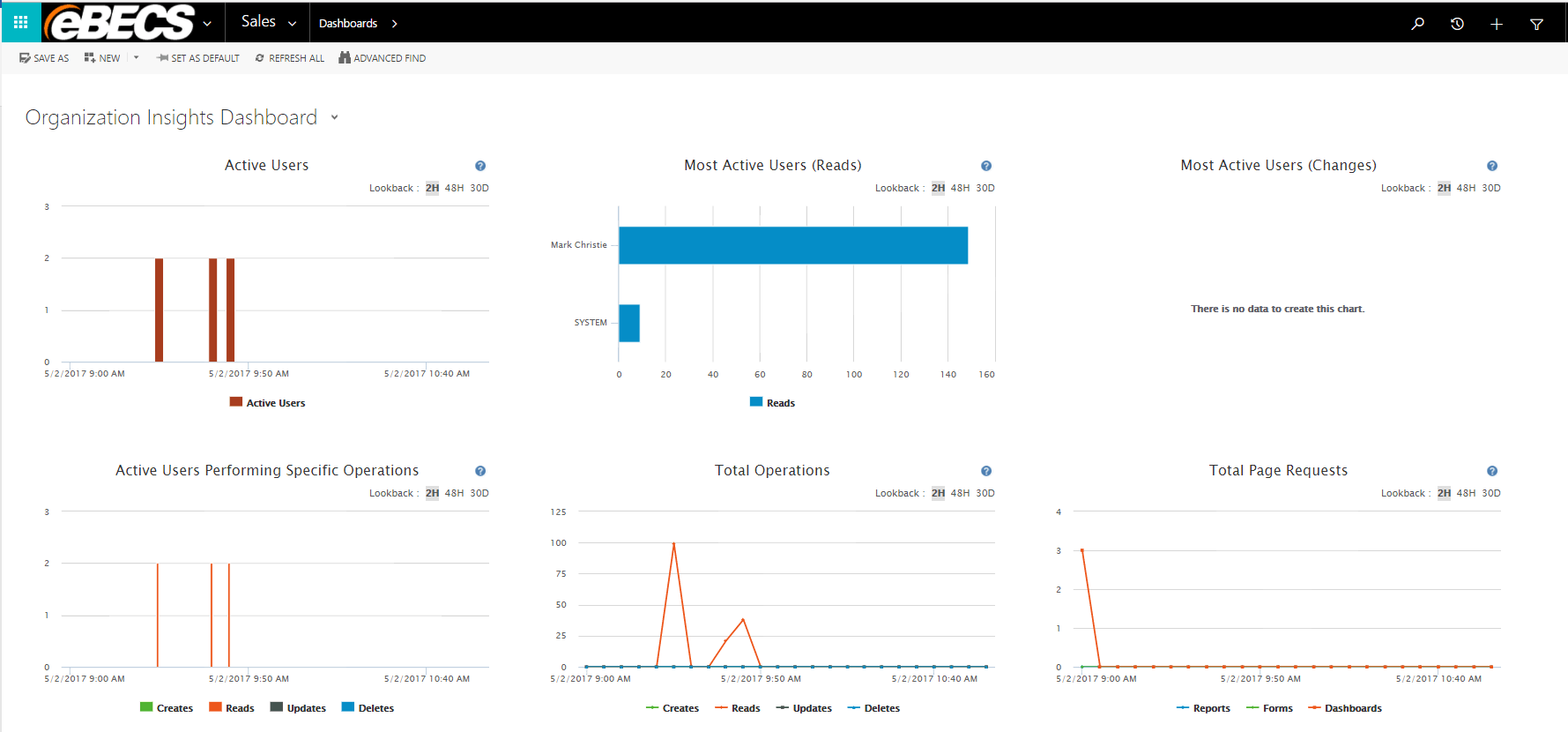
To gain access to the extended dashboards navigate to System>Organization Insights
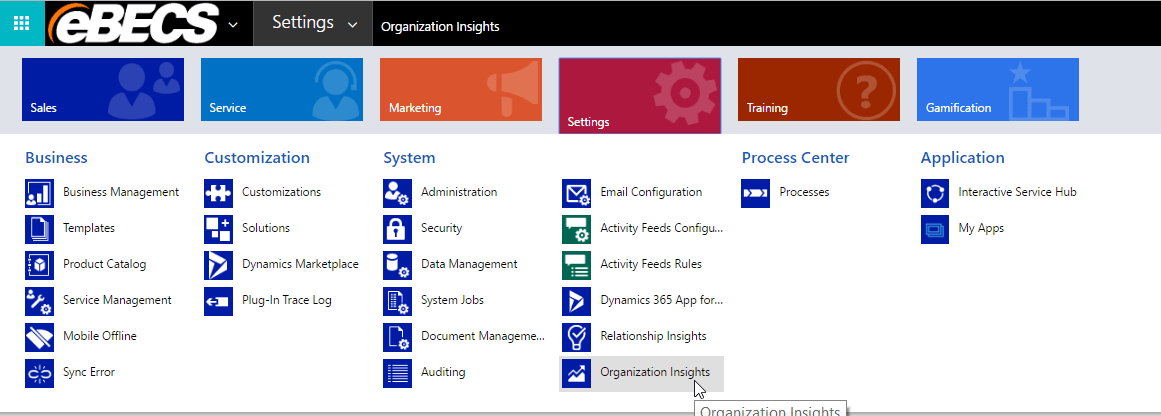
Once in Organization Insights you have access to 6 further dashboards to dig deeper into your analysis these are:
- Home
- Active Usage
- System Jobs
- Plug-Ins
- Storage
- API Calls
Home
This is the default dashboard that provides information on the number of active Dynamics 365 users, storage usage, the most active workflows, API’s & Plug-ins
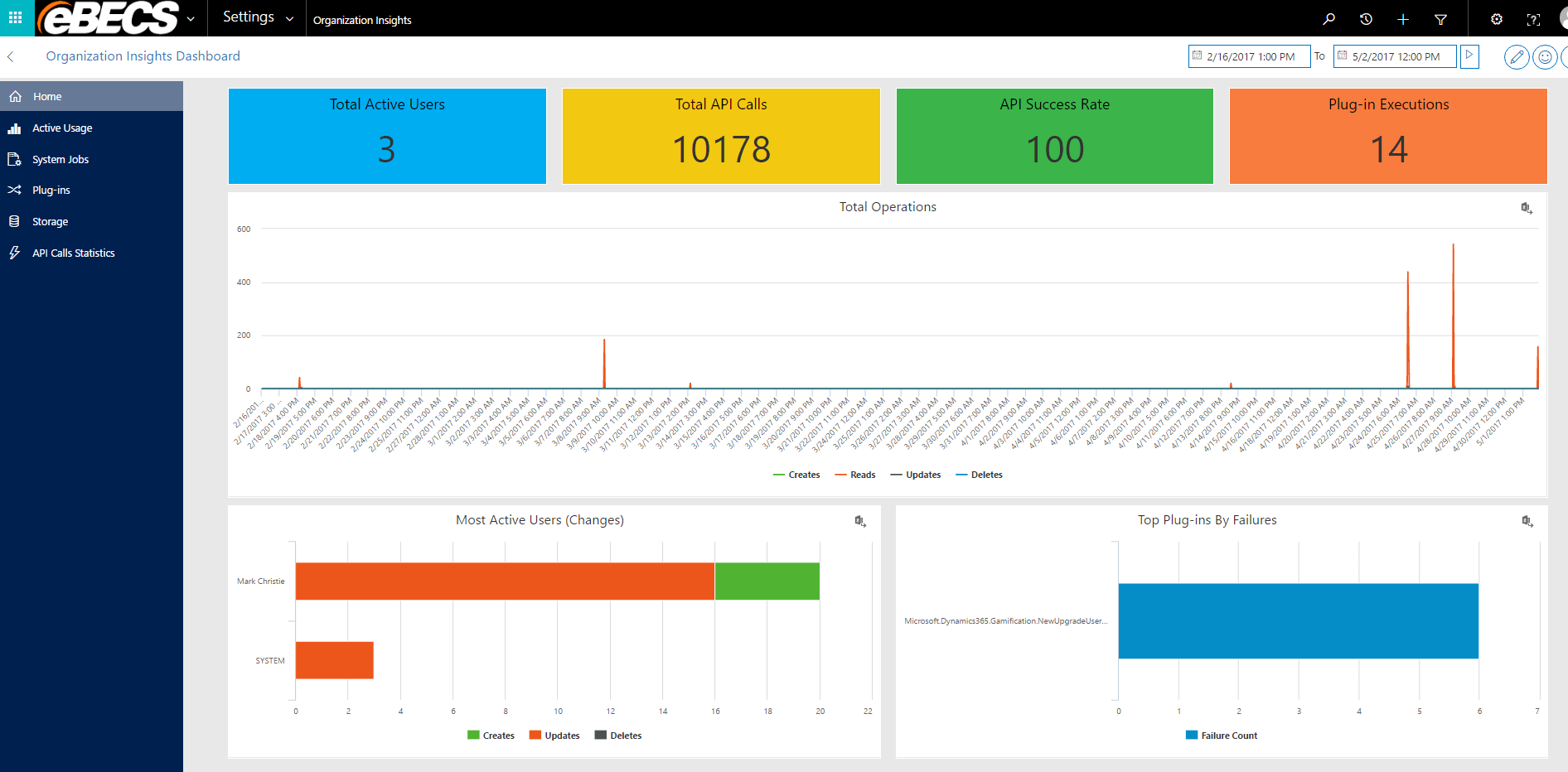

Active Usage
This dashboard can be used to find out how many D365 users there are, how many licenses are being used, the frequency of usage for custom entities and much more.
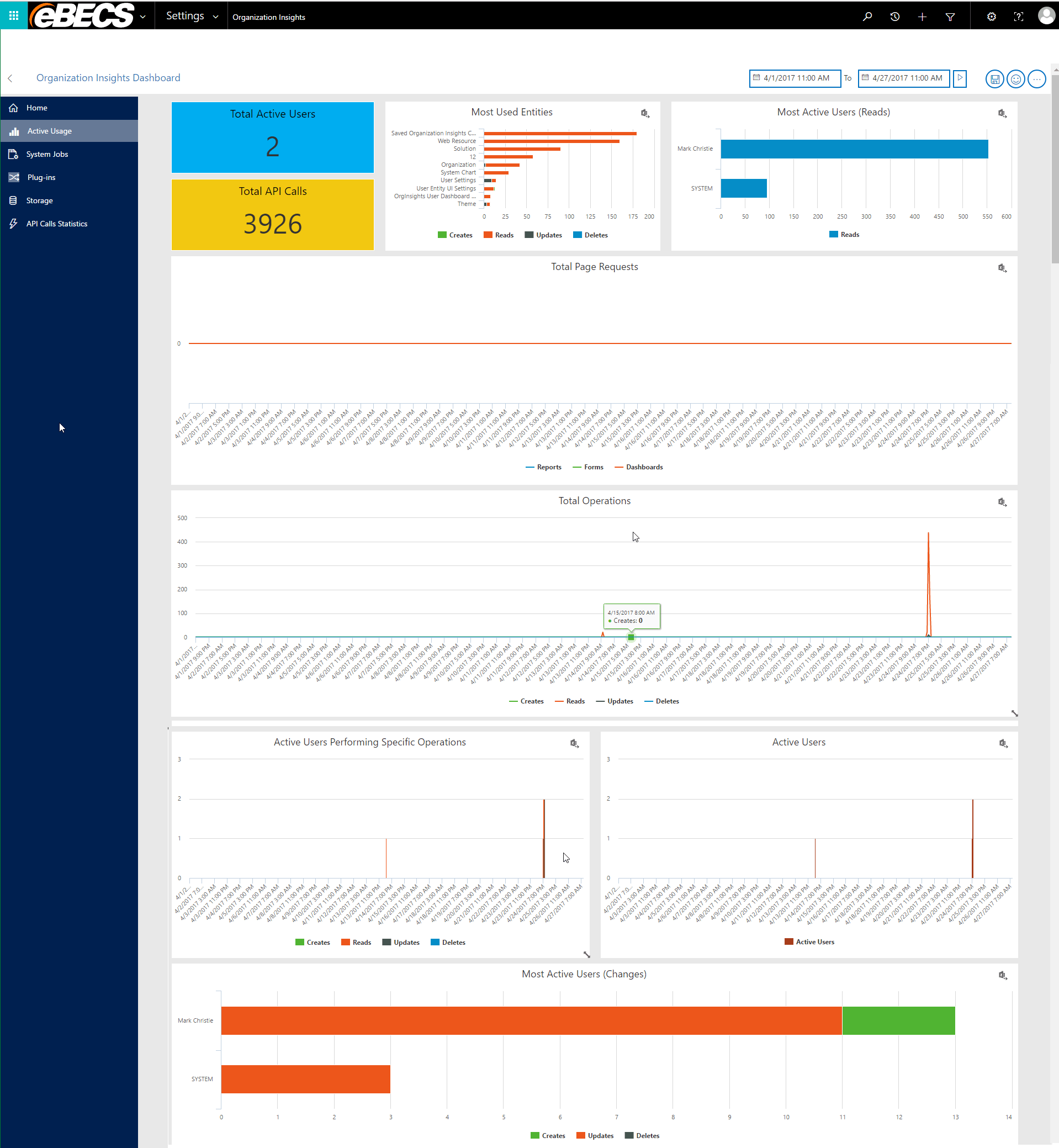

System Jobs
This dashboard can be used to manage success and failure rates of workflows, a list of the top workflows by failure and is a great place to start system troubleshooting.
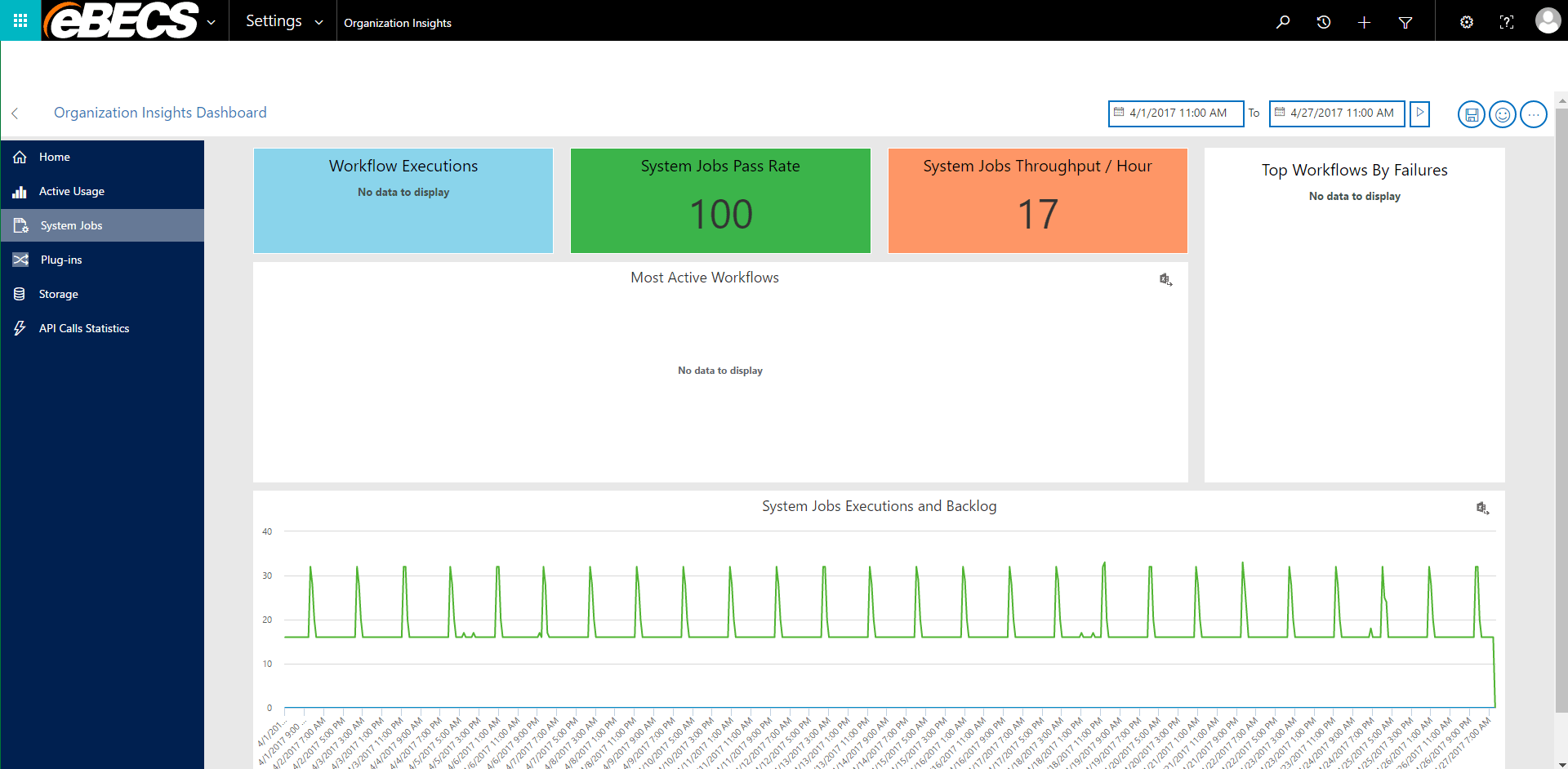

Plug-ins
This dashboard can be used to monitor and troubleshoot plug-ins.
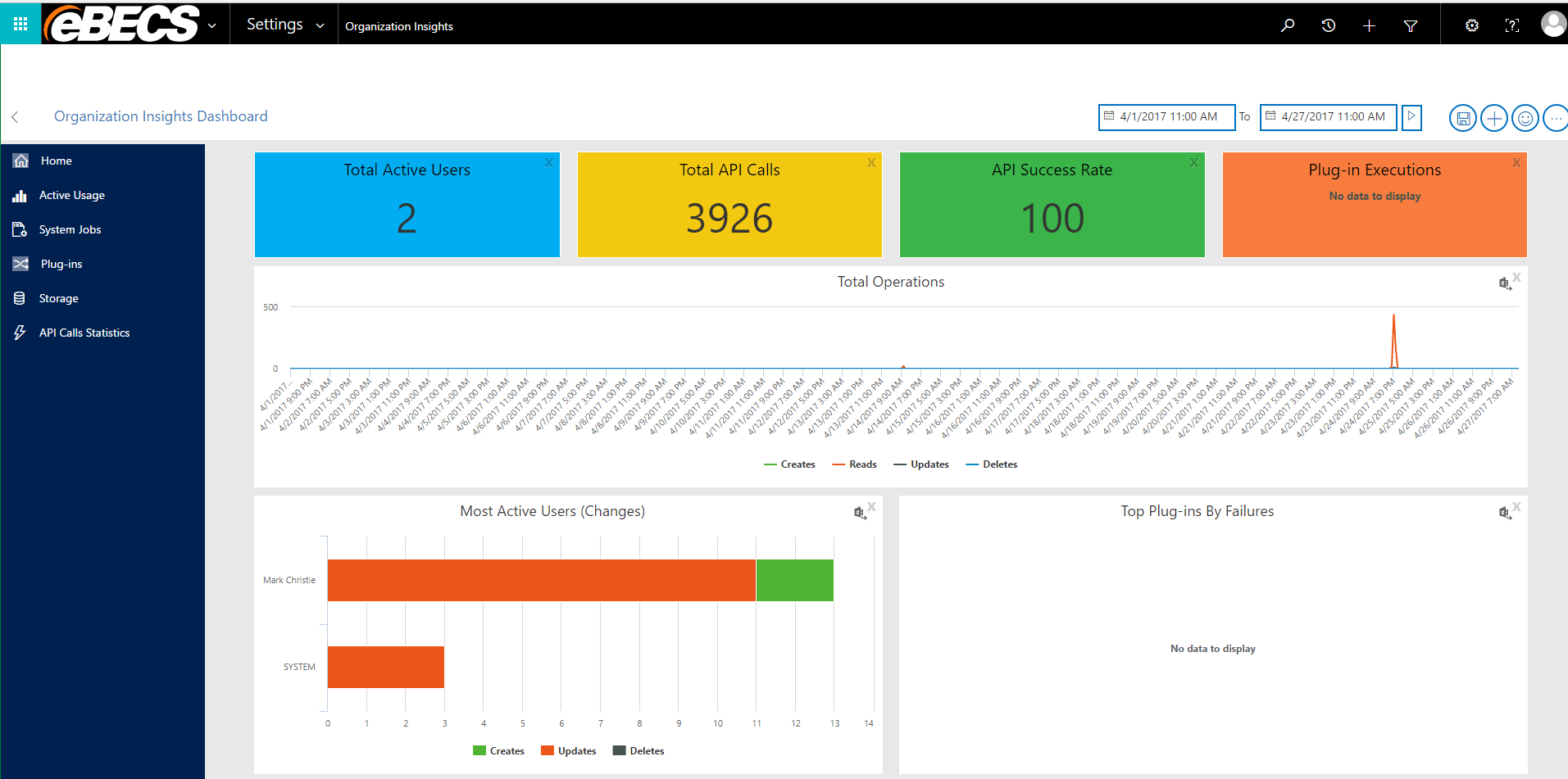

Storage
With the Storage dashboard you can glance at most used tables, size of tables and storage per instance
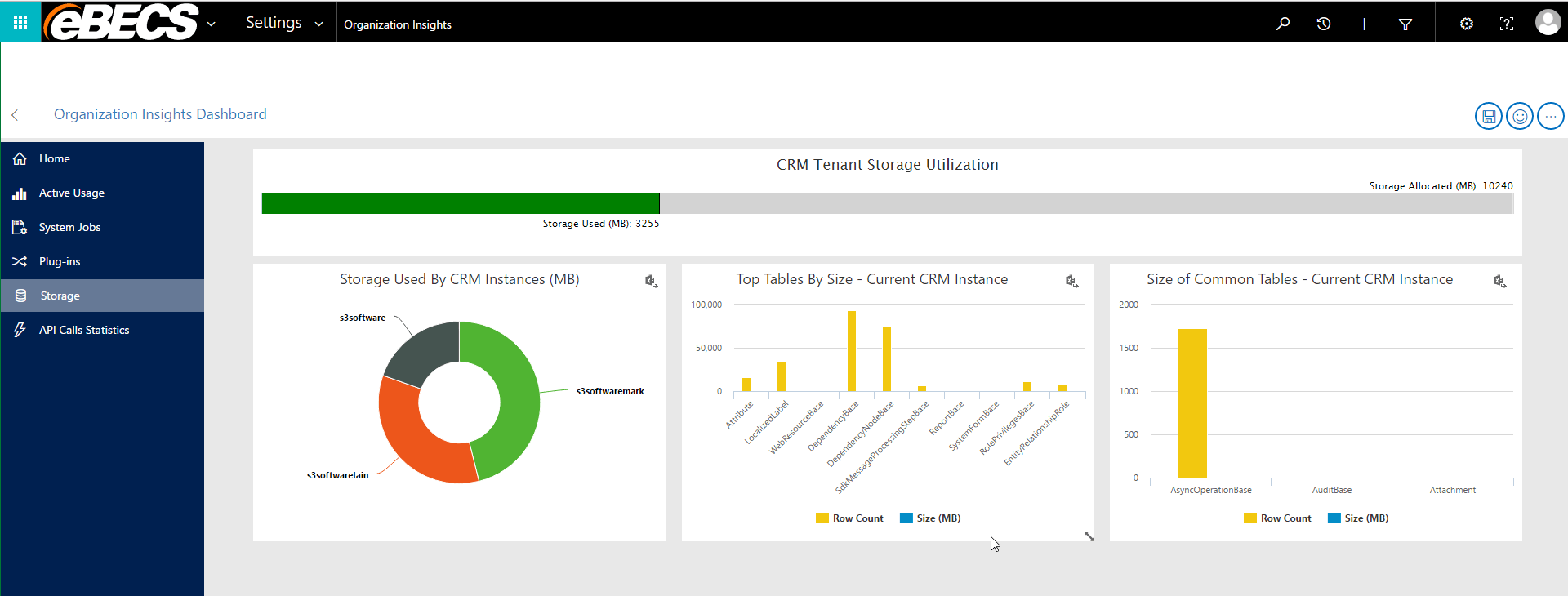

API Calls
This dashboard is used to monitor API calls and troubleshoot any failures
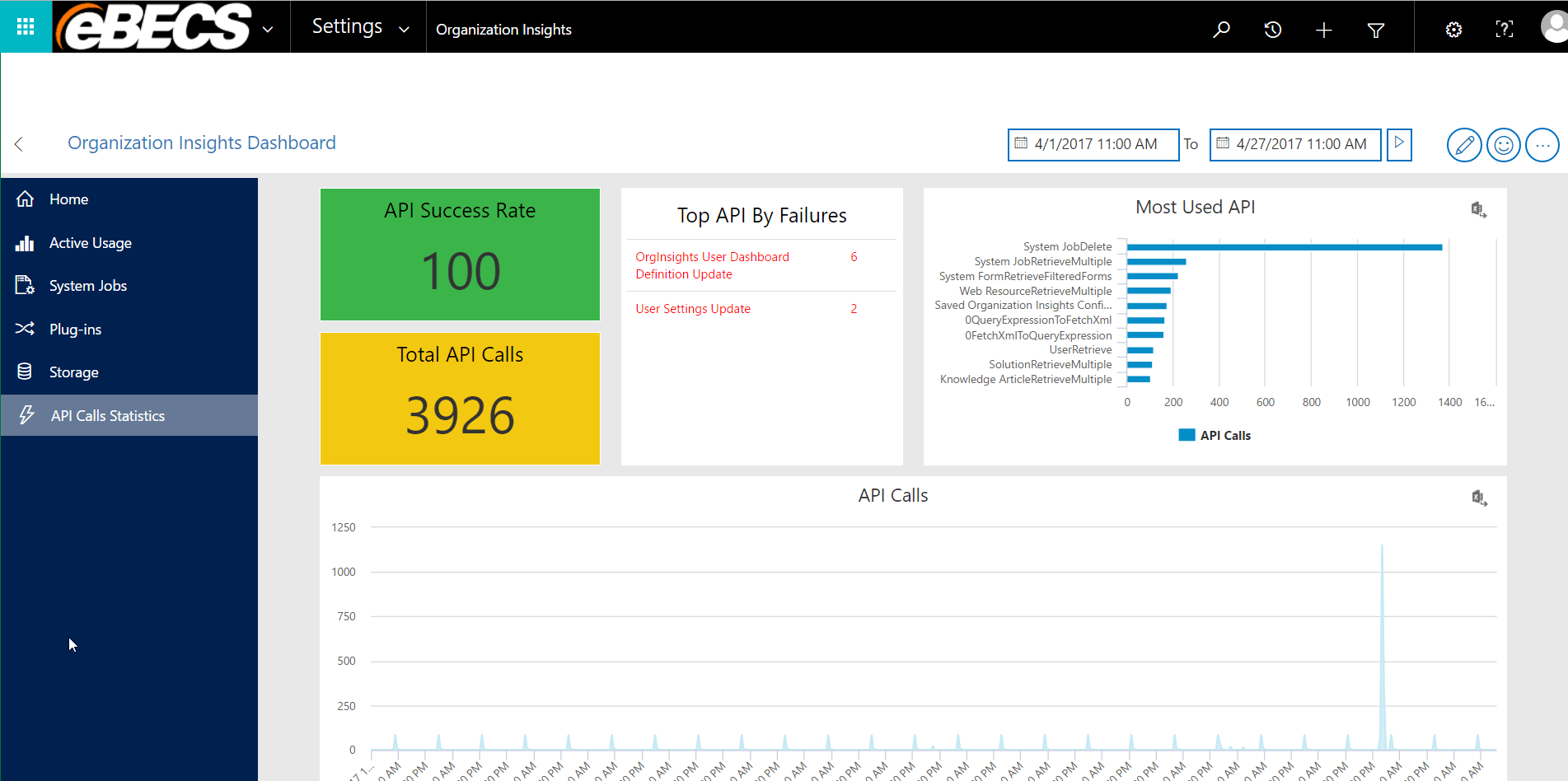

Date Ranges
All dashboard date ranges can be changed to get more in-depth data.
To adjust the time range, select the “From” and “To” then submit
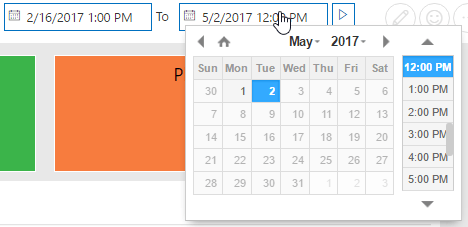
The Organization Insights calendar has the following considerations to be taken into account:
- The Calendar control is not available for the Storage dashboard and not applicable to any storage related chart as only the latest information is shown for those charts.
- Default time range is shown for the past 48 hours.
- Data is only shown for the applied time range.
- Data is available from the time of release of the solution in AppSource and will be retained for 90 days.
- Data is shown for time series at an hourly aggregation interval.
- The data shown for an hourly aggregation interval represents the whole hour. For example, if the number of active users at 2:00 PM is 5, there were 5 active users between 1:00 and 2:00 PM.
With Microsoft Dynamics 365 constantly evolving, this is a great starting point for allowing customers to do initial triage of faults, check system table usage and user activity. Previously you would have needed to log calls directly with Microsoft to gather this information so having it within a few click makes it easier for everyone. Going forward I feel that this will only expand and new items and functionality will be added – hopefully we get to the stage where we can trigger emails based on statistics from the charts.
Author Mark Christie – Check out my other blogs
- About Us
- Partners
- Careers
- Contact us
- eBECS and the Microsoft Core Data Platform
- Microsoft Dynamics NAV in Property Management
- Microsoft Dynamics Nav Manufacturing Solutions
- Microsoft Dynamics NAV Cloud pricing
- Drive your Azure Momentum with SQL Managed Instance
- Compare Microsoft Dynamics AX VS NAV
- Microsoft Azure Data Centre Migration Guide
- Microsoft Dynamics 365 Business Central or 365 for Finance & Operations?
- Introduction to Microsoft Dynamics 365 for Finance and Operations
- Microsoft Dynamics 365 Business Central or 365 for Finance & Operations? Thank You
- Microsoft Dynamics 365 Business Central or Dynamics 365 Finance
- Compare Microsoft ERP Solutions
- Compare Microsoft ERP Solutions, Dynamics NAV vs Dynamics 365 Business Central
- Microsoft Dynamics 365 Business Central Price
- Compare Microsoft ERP
Categories
- AI (3)
- Azure (2)
- Business Insights (1)
- Canvas Apps (1)
- Common Data Service (2)
- Crisis Communication (1)
- CRM (3)
- Customer Data Platform (1)
- Customer Insights (1)
- Data Analytics/BI (29)
- Data Management (1)
- Data Warehouse (1)
- Dynamics 365 (33)
- Dynamics 365 Finance (1)
- Dynamics 365 Sales Insights (1)
- Dynamics 365 Supply Chain Management (1)
- Dynamics AX (50)
- Dynamics CRM (22)
- Dynamics Field Service (10)
- Dynamics NAV (10)
- Dynamics Project Service Automation (PSA) (15)
- eBECS (4)
- eBECS Marketing (1)
- eBECS Policies (1)
- ERP (2)
- Internet of Things (IoT) (15)
- Master Planning AX (4)
- Microsoft 365 (1)
- Microsoft Lifecycle Services (4)
- Power Apps (4)
- Power Automate (3)
- Power BI (1)
- Power Platform (6)
- Power VIrtual Agent (1)
- PowerApps (2)
- Project Service Automation (2)
- Quality Management (1)
- Sales (1)
- Surface Hub (3)
- Top Tips (1)
News
Upcoming Events - Register Now
Join our list
eBECS will invite you to webinars, events and keep you up to date with relevant news. You can unsubscribe at any time.









